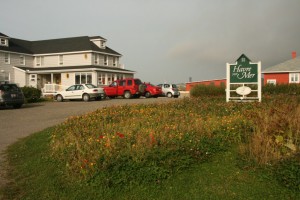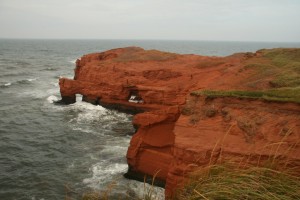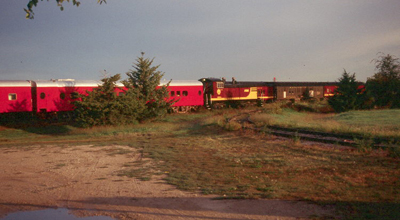The picturesque Frenchman River twists like a scalded snake through a deep valley across southern Saskatchewan. In places, high, dry bluffs edge the valley, and green vegetation stands stark against the grey cliffs. We discovered this place while on a picture and fact collecting tour for my scenic travel guide Canada: Beyond the Far Horizons.
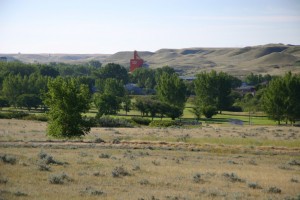
Nestled along the shore, hemmed in on one side by the bluffs, is the quiet community of Eastend. This site had been the approximate location of an 1870’s Hudson Bay Trading Post. After the Sioux had dealt out appropriate justice to George Custer’s troops at the Battle of the Little Big Horn River by wiping them off the map for their intrusions upon Indian traditional land, they decided to strategically slip away into Canada.
Once in Canada they were not allowed to do whatever they wanted. The North West Mounted Police (NWMP) had already built Fort Walsh in the Cypress Hills to try and stop whisky traders from south of the border and to keep the peace. The Mounted Police sent a small detachment of the force east to monitor and control the visiting Sioux Indians. Later they moved their post to the area of the old Trading Post which was the east end of the NWMP’s area and the name became “Eastend”.
The Frenchman River carved deeply into the rolling plains. But hidden deep in the soil and rock below the surface are the fossilized bones of the dinosaurs. Over the years people had picked up large numbers of bones and fossils and the citizens of Eastend determined there was a growing need for a home to bring these fossil finds together where they could be identified and viewed.
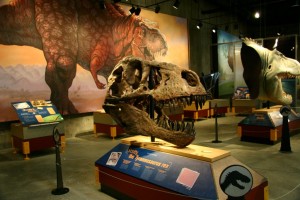
The project received a tremendous boost with the finding of the bones of a Tyrannosaurus Rex. This dinosaur is the star of the show and its name is Scotty. The economic fortunes of Eastend also received a boost with an increase in tourism. Lots of people wanted to see the 65 million year old Scotty, but the rest of the exhibits are well worth making a trip to the T.Rex Discovery Centre. Scotty is one of only about two dozen mostly intact tyrannosaurus Rex skeletons in the world.
It’s fitting that the building is built into the hill, with the glassed in front overlooking the Frenchman River valley and Eastend. Fossils are usually well buried in the ground, with a few being exposed by the river.
An enjoyable display is a full sized diorama that shows the animals and their environment of 65 million years ago. It’s fascinating to view the landscape as it was back then and compare it to the countryside you drive through to get to the centre. Children find this display exciting, as they stand almost nose to nose with these massive fossil creatures, except the dinosaur’s nose is a lot bigger, and a lot farther off the ground.
The T.Rex Centre is a hive of activity and there are areas for activities where it is ‘hands on’, and others for demonstrations, such as how fossils are removed from the ground, protected, and finally separated from the rock and set up on display.
For those who crave exercise, they can join a programme for fossil digging at a nearby fossil site where they are exposed to the difficulties of working outside in the heat, and the painstaking care that needs to be taken when revealing fossils.
An added bonus for those visiting Eastend is the opportunity to drive in a very sparsely populated part of southern Saskatchewan. It’s a great contrast if all you’ve seen are the views from the Trans-Canada highway. There is less traffic and there is time to see the small ranches and enjoy the atmosphere of the uncrowded plains.
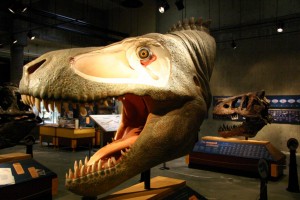
If you have time, drive to the Cypress Hills Interprovincial Park that crosses the borders of Alberta, and Saskatchewan. There you will find relaxing campsites, and a chance to visit Fort Walsh. All in all, this is a nice place to visit.
For more than four decades James Stoness has travelled the roads of North America, photographing and writing about what he has seen. His travel articles and beautiful pictures have been published in several magazines and newspapers. He is also the author of five western novels. Visit his website at: www.stonesstravelguides.com

